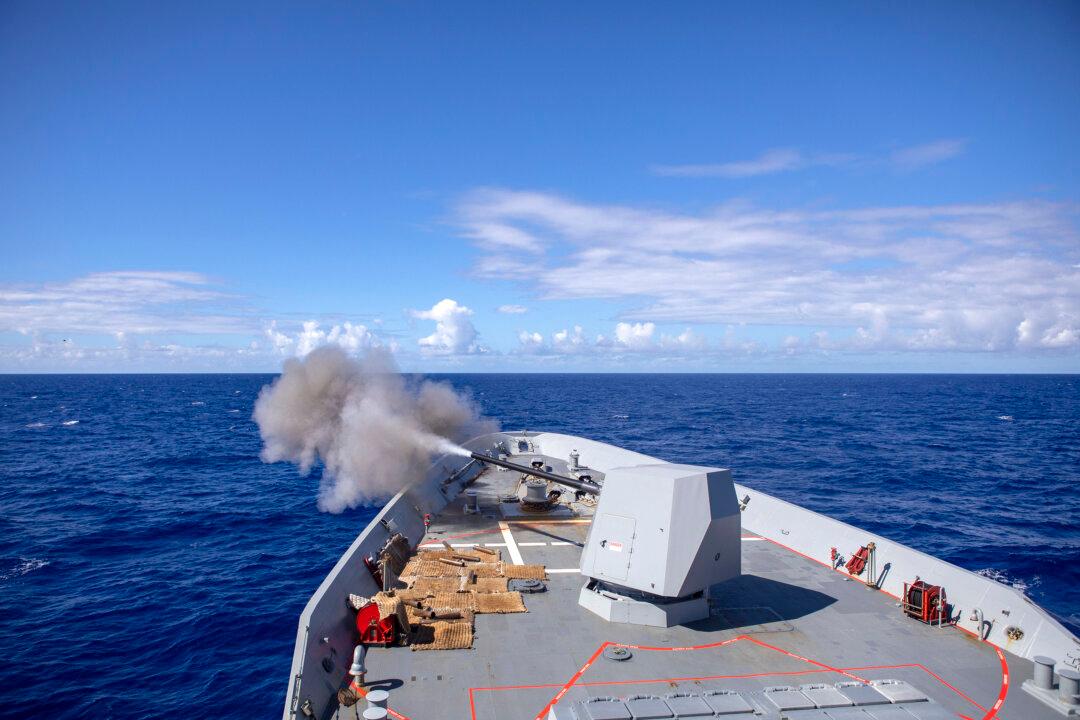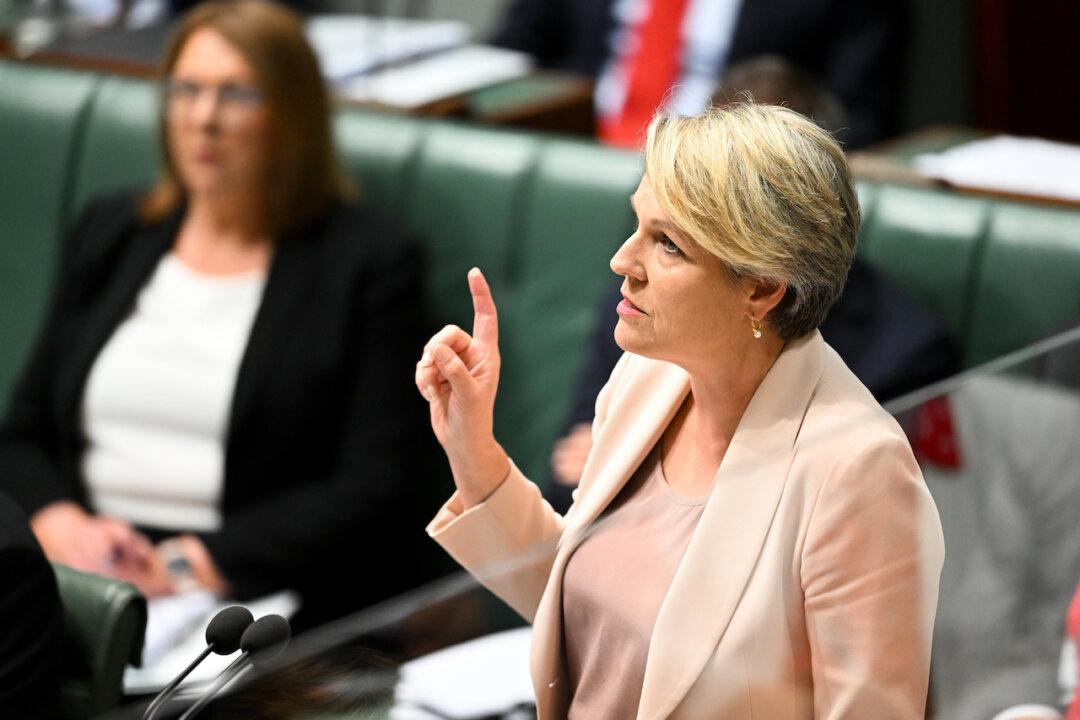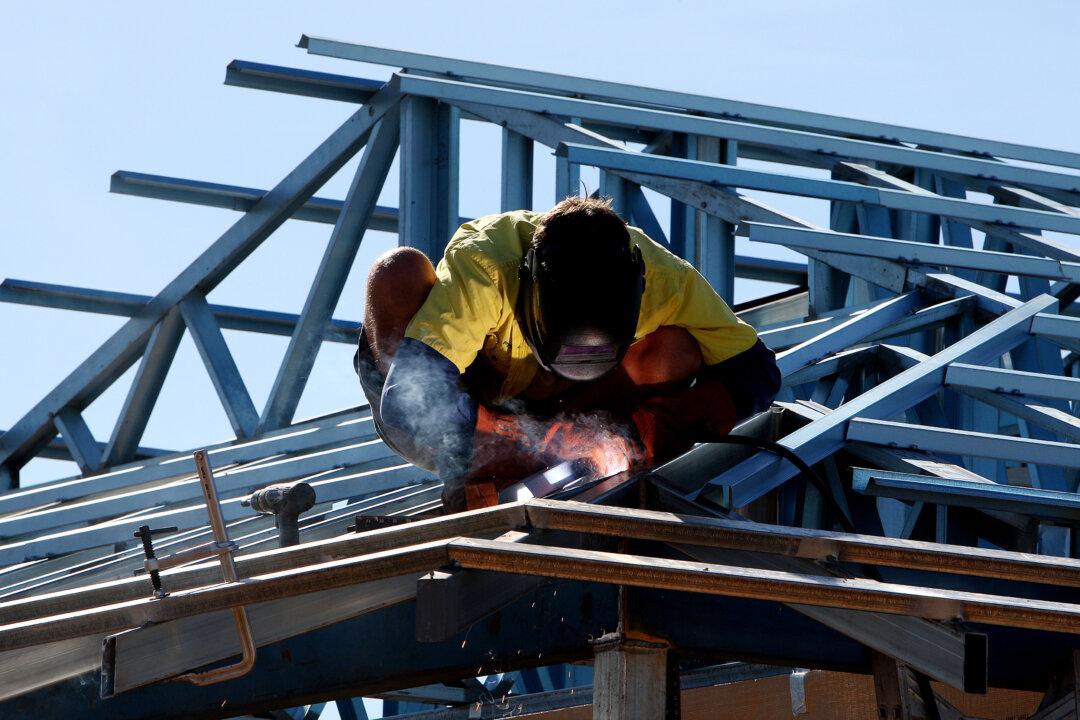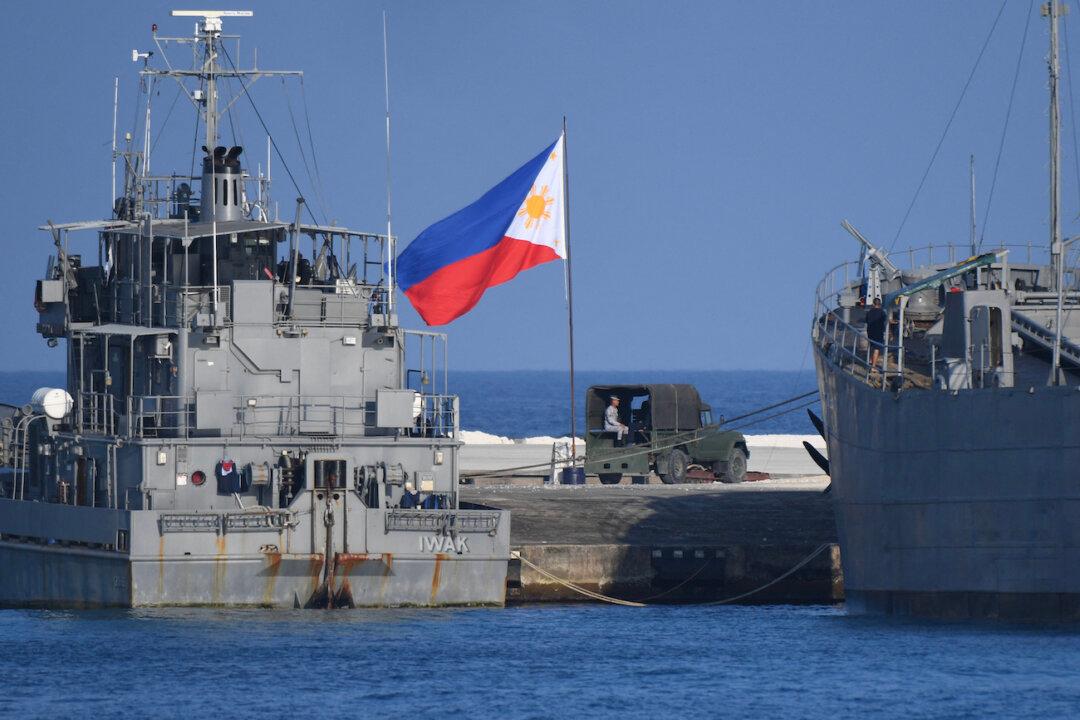The seas around Australia will now be more secure after the Morrison government declared it would invest $1 billion into guided missile capabilities for the Royal Australian Navy.
The move is part of the government’s $183 billion investment in creating a “lethal and highly responsive” navy.




